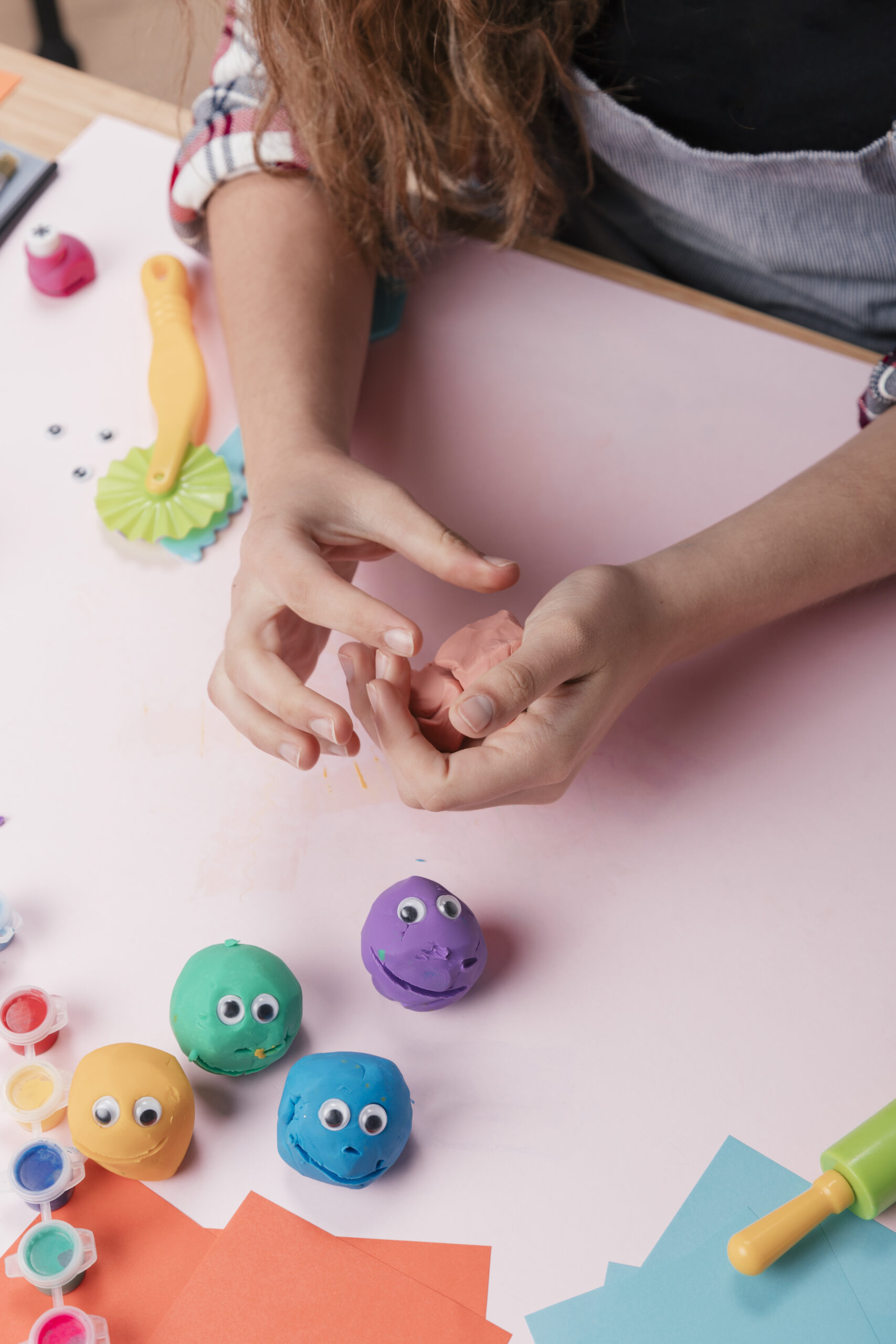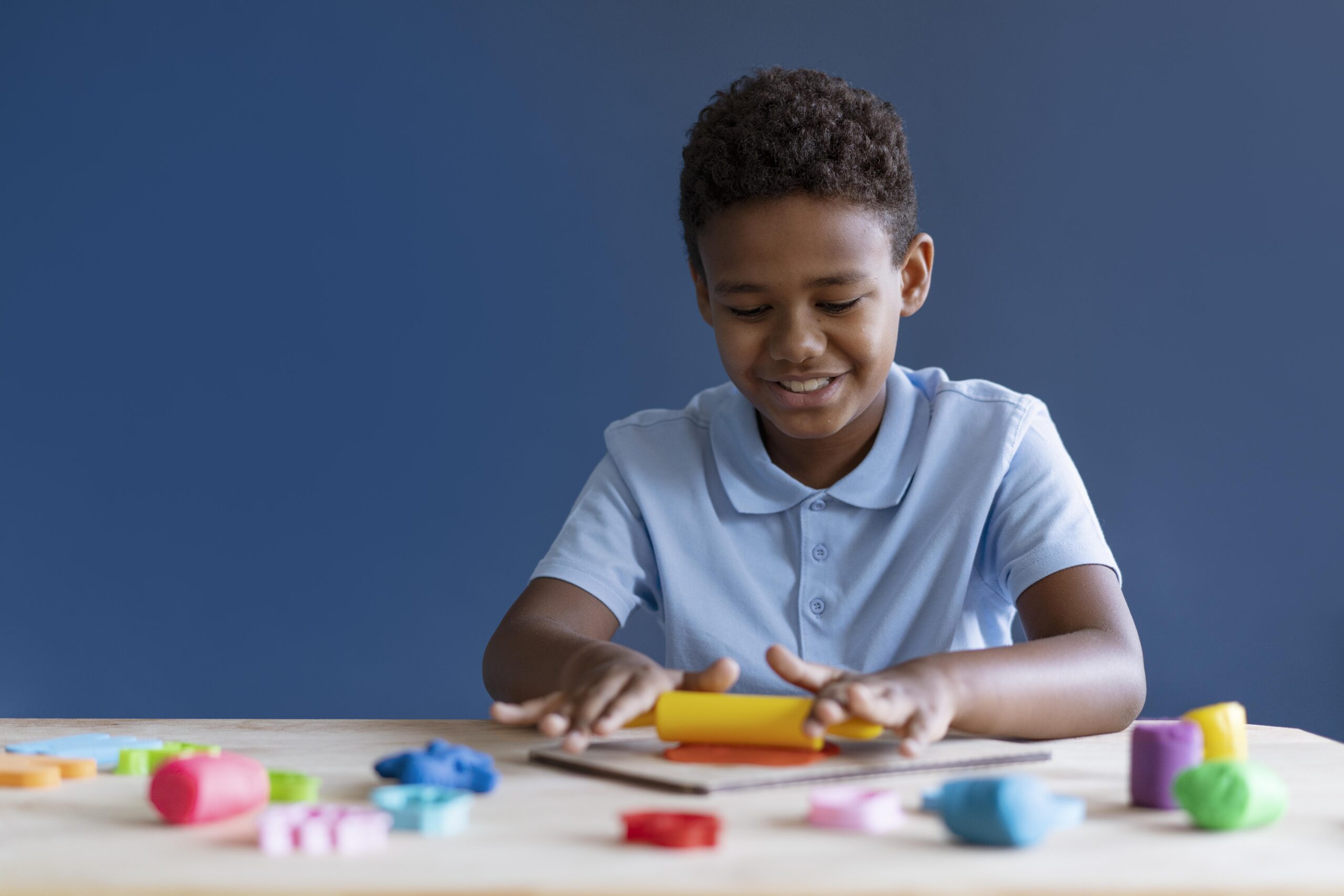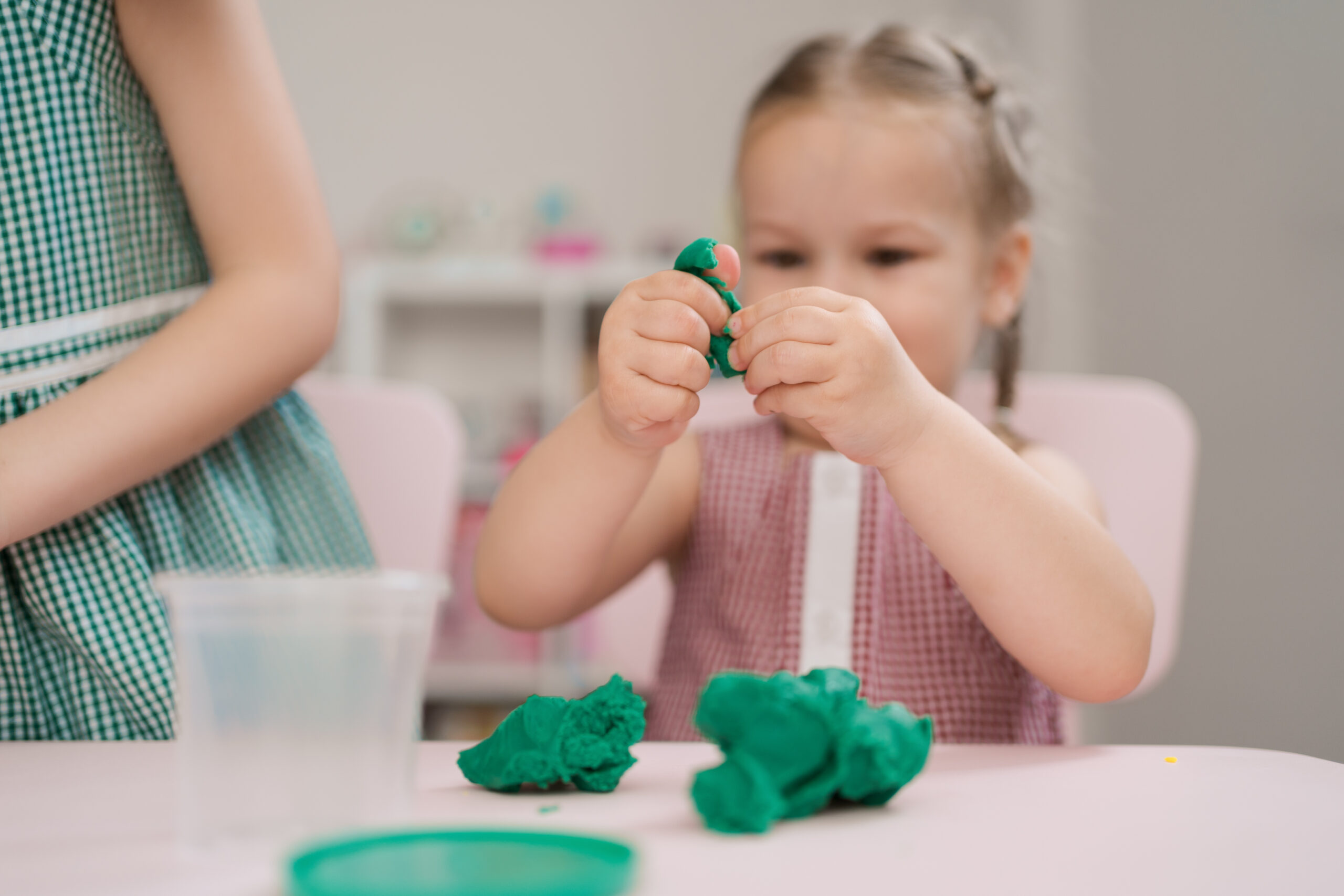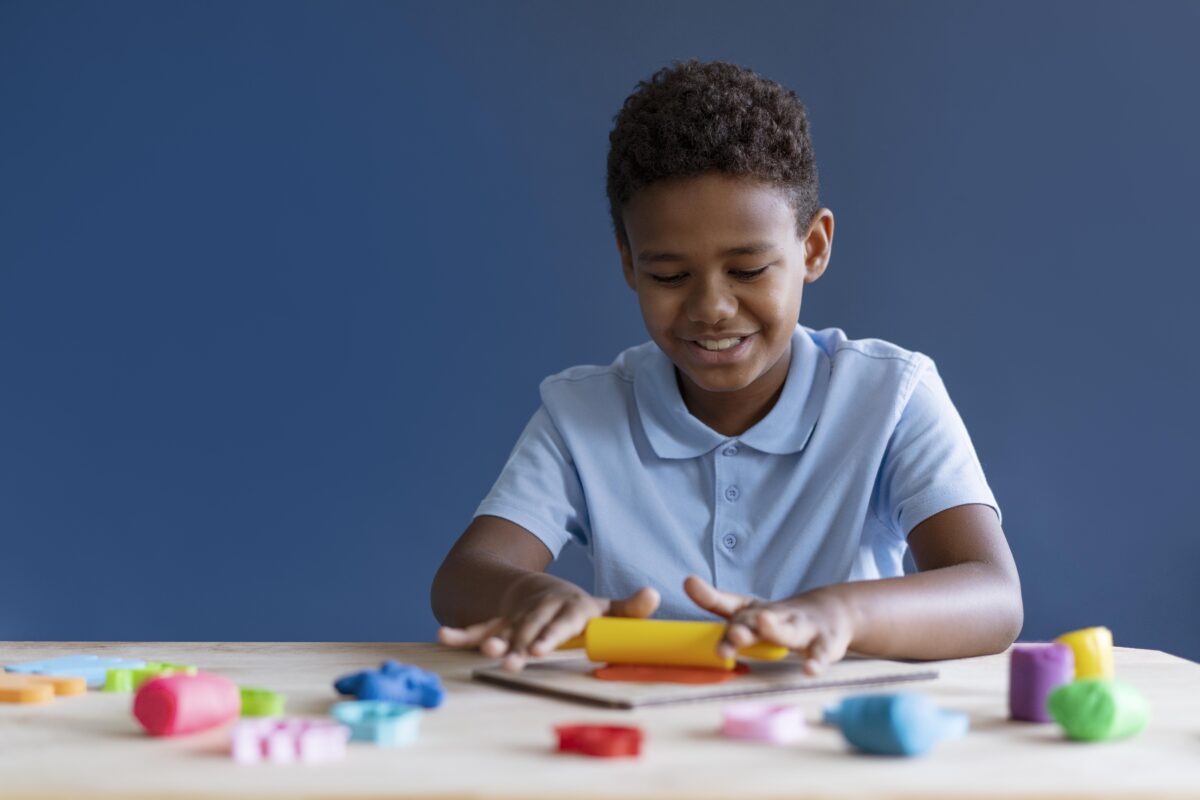


Playdough is a powerful learning tool for children. It offers a wide range of learning opportunities and is fun and creative!
Here are some ideas and reasons to play with playdough at home:
1. Sensory and Creative Development:
Playdough is a blank canvas that allows children to express their creativity and imagination. Simply provide playdough and let your child's imagination run wild. They can mold, shape, and create whatever they like, whether it's animals, vehicles, or imaginary creatures.
Encourage sensory exploration by adding different textures to the playdough. For example, you can mix in sand, rice, or small pebbles to create textured dough for a tactile experience.
2. Math and Science Development:
Playdough can be used to introduce basic math and science concepts. Children learn about shapes, sizes, and measurements as they create and compare different objects. Use playdough to create quantities (e.g., make 5 balls, cut 4 triangles etc). Roll playdough into “snakes” and use these snakes to measure simple objects (e.g., crayon, toy car etc.). Try a science experiment “sink or float”. Make a playdough boat and see if it floats in water.
3. Fine Motor Development:
Manipulating playdough involves intricate hand movements, such as pinching, squeezing, and rolling. These activities help strengthen the muscles in their fingers and hands, improving their fine motor skills. This skill development is crucial for tasks like writing and tying shoelaces.
4. Language Skills:
When children play with playdough together or with adults, they often engage in conversations, describing what they are making or discussing their creations. This promotes language development, vocabulary expansion, and communication skills.
5. Problem Solving:
While working with playdough, children encounter various challenges, such as making a structure stand or creating intricate designs. They learn to problem-solve and experiment with different solutions, fostering critical thinking skills.
6. Social Skills:
Playing with playdough in groups encourages social interaction, cooperation, and sharing. Children learn how to take turns, negotiate, and collaborate with their peers, enhancing their social skills.
7. Emotional Regulation:
Playdough can serve as a calming and soothing activity for children. It allows them to channel their emotions positively and provides a sense of control and accomplishment. It can be especially helpful for children who may be feeling anxious or upset.
8. Science Exploration:
Playdough can be used to explore basic science concepts, such as mixing colors, changing states (solid to mushy to back again), and understanding texture. This hands-on experimentation sparks curiosity and a love for learning.
9. Cognitive Development:
Through playdough, children engage in various cognitive processes, including observation, prediction, and problem-solving. These activities stimulate brain development and enhance cognitive abilities.
Parents can engage in numerous creative and educational activities with young children using playdough. These activities not only foster learning but also provide quality bonding time. Here are some ideas:
-
- Color Mixing: Teach color theory by providing primary colored playdough and showing how to mix them to create secondary colors. It's a fun way to introduce basic color concepts.
- Shape and Pattern Making: Use cookie cutters or plastic shape molds to create different shapes and patterns with the playdough. Ask your child to identify the shapes and patterns they've made.
- Letter and Number Practice: Flatten the playdough and use it to create letters and numbers. This hands-on approach can help young children become familiar with the alphabet and numbers.
- Storytelling: Encourage storytelling by creating characters, settings, and props with playdough. Your child can use these creations to act out stories and spark their narrative skills.

